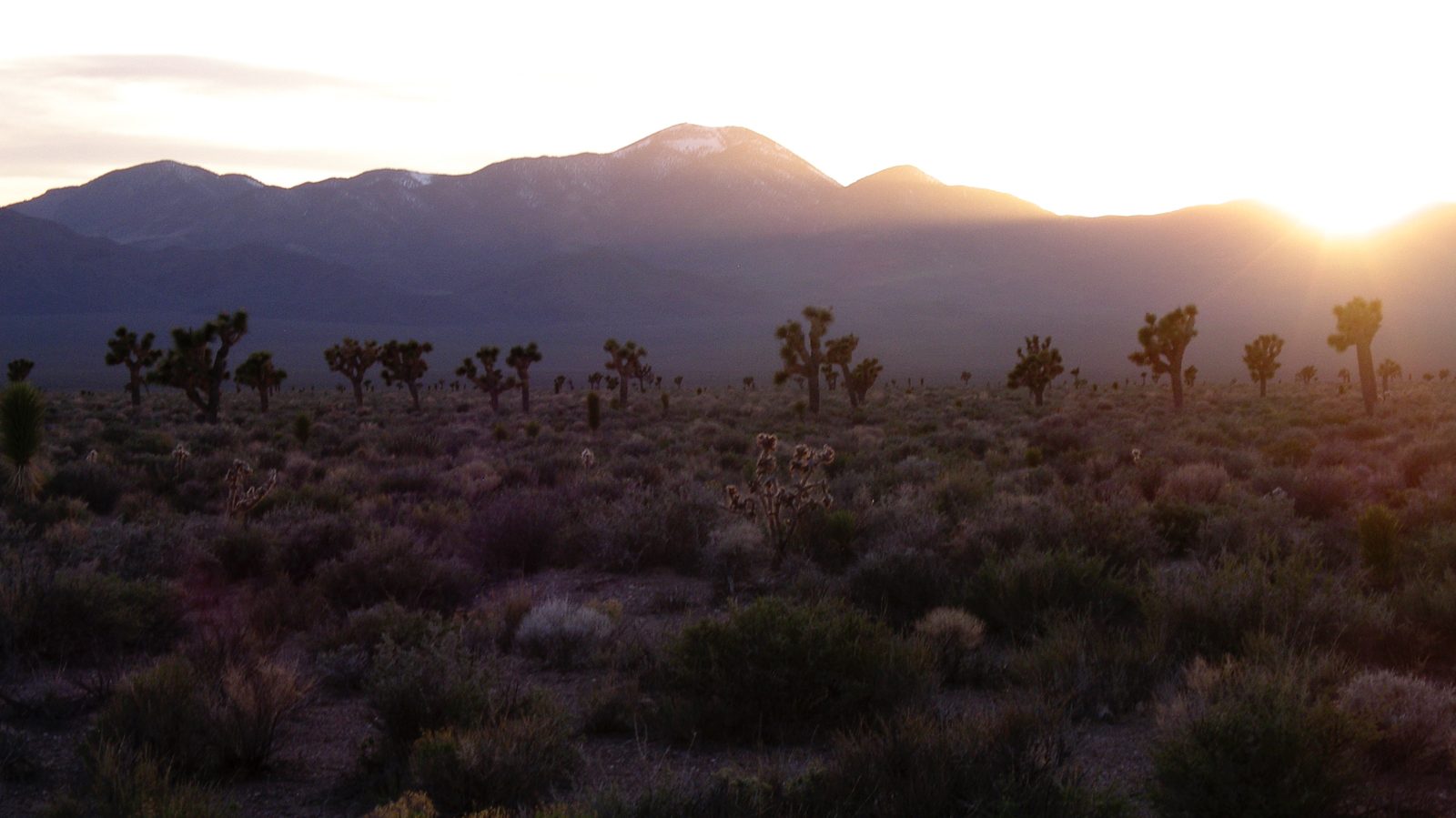Getting to the essence of a Joshua tree: DNA extraction
As we’ve talked about before on this site, the genome is the complete set of DNA letters that spell out the ‘instructions’ for how to build an organism. By sequencing the genome of the Joshua tree we hope to be able to understand its evolutionary history, how it’s relationship with yucca moth pollinators originated and evolved over time, and how Joshua trees might adapt to ongoing global climate change. This summer we started the process of decoding the genome.

Figure 1: Samples of Joshua tree leaves for DNA extraction. (Ramona Flatz)
The first step in sequencing a genome – before the fancy chemistry starts, and before the endless computation – is simply to get DNA from the organism. The Joshua tree’s DNA is hidden deep inside the plant. The leaves have a waxy cuticle that protect the plant from drying out, and beneath that are thick fibers that protect them from herbivores (ground squirrels, jackrabbits, and maybe giant sloths in the past). Sandwiched between fibers are tiny cells, each carrying two complete copies of the genome. However, inside the plant cell, the DNA is hidden behind even more layers of protection: a rigid cell wall made from cellulose, several fatty membranes surrounding the cell and the nucleus, and spools of protein on which the DNA is tightly wound.
Each cell contains strings of DNA that are about 9 feet long, coiled around thousands of tiny proteins called histones. Somehow we need to penetrate through these layers of defenses, and separate the DNA from all the other pieces of the cell, while keeping the preposterously long, thin molecules intact.

Figure 2: Anatomy of a plant cell (Wikimedia Commons: Mariana Ruiz Villarreal)
The first stage in the process is break up the leaf material. We use a combination of extreme cold and old-fashioned elbow grease to break apart Joshua tree leaves. We cut the leaves into approximately 1 inch pieces using scissors, and then place them into a porcelain mortar. Next, we flash freeze the leaf in a bath of liquid nitrogen. The extreme cold renders the tissue brittle so that it breaks up more easily, and prevents enzymatic breakdown of the DNA as we separate it from the cells. After freezing the leaf tissue, we crush and grind it with a pestle to separate the living cells from the thick fibers. The end result is a pale green powder.

Figure 3: Grinding Joshua tree leaf tissue in a bath of liquid nitrogen. (Chris Smith)
Before the tissue can thaw, we quickly transfer the powdery frozen tissue into a small plastic test tube containing a mixture of detergents and enzymes. We mix the solution and then put it on a specially designed hot plate that will keep the tubes very warm (65 degrees C) for about ten minutes. As the solution heats up, the detergents begin to break up the cell membranes, and enzymes degrade the proteins.

Figure 4: Ground Joshua tree leaf tissue in lysis buffer is incubated at 65 C.
[By the way, we use a commercial kit to complete our DNA extractions, but you can extract DNA from plant tissue yourself using simple household products. You can view a YouTube video of how to extract DNA from an onion here, or read a detailed recipe here]
After about ten minutes we are left with a brownish-green sludge. The sludge is a mixture of fibers, cellular debris, and degraded proteins. And, somewhere floating in that mess, is our precious Joshua Tree DNA. The trick now is to get the DNA out, and get rid of all of the rest of that junk. To do this, we add a concentrated salt solution to the mixture, and then spin the test tubes at high speed in a desktop centrifuge. (A centrifuge uses centripetal force the separate solids from liquids). When we finish spinning the tubes, the protein and other debris will be in a dark pellet at the bottom of the tube and (we hope!) our DNA is still suspended in the liquid.

Figure 5: Tubes containing digested plant tissue are loaded into a desktop centrifuge. (Chris Smith)
Next, we will add a mixture of alcohol and salt to the solution containing our DNA, and pass the solution through a specially designed filter. The filter acts like a molecular sieve, and will catch our DNA, but allow the alcohol, liquid, and salts to pass through.

Figure 6: A silica filter used in DNA extraction. In a mixture of alcohol and salts, DNA will get caught in the filter. In pure water DNA passes through the filter. (Wikimedia Commons: Squidonius)
In the second to last step, we will ‘wash’ the DNA by passing more alcohol solutions through the filter. At this stage any remaining salts or proteins are washed away, while our DNA remains stuck to the filter.
Finally, we pass pure water through the filter. Because DNA dissolves easily in water (it’s very strongly hydrophilic) the DNA no longer stays caught in the filter, but washes through with the water, which we collect in a small test tube.
At the end we have a nearly pure solution of DNA and water (we often add a buffer to preserve the DNA in the solution). We can confirm that our DNA extraction was successful by visualizing the DNA in an agarose gel using electrophoresis.

Figure 7: An agarose gel showing Joshua tree genomic DNA. The DNA is stained with ethidium bromide, and photographed under UV light. This photo negative shows DNA as a dark band in each lane. In the fifth lane is a standard 1 kb DNA ladder.
In this case our Joshua Tree DNA is visible as a clear bright band that fluoresces under ultraviolet light. Our extraction gave us a large amount of high quality DNA. Soon, we will prepare our DNA for genome sequencing by preparing a DNA sequencing library.

You must be logged in to post a comment.